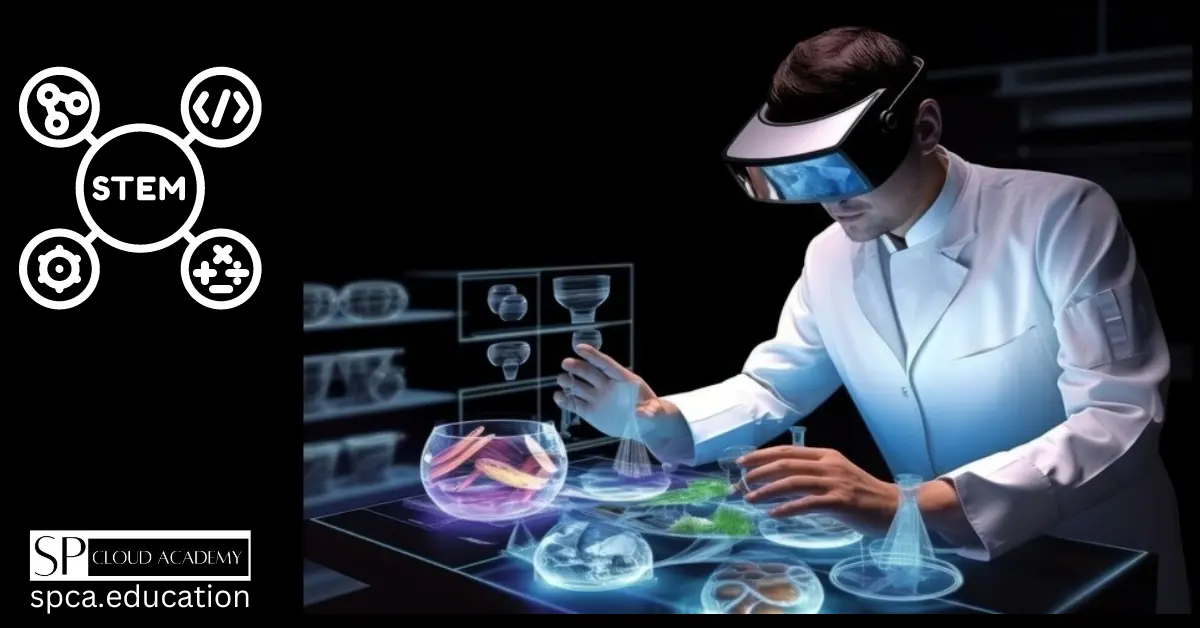In today’s digital age, technology plays a crucial role in transforming the way we live, work, and learn. With the rapid advancements in Information Technology (IT), integrating technology into education has become imperative. This is particularly true for STEM (Science, Technology, Engineering, and Mathematics) education, where the integration of IT has the potential to enhance student engagement, improve learning outcomes, and prepare students for future careers in a technology-driven world.
IT integration in STEM education refers to the incorporation of technology tools, applications, and resources into the teaching and learning process. It involves using technology to facilitate student-centered, inquiry-based learning experiences that promote critical thinking, collaboration, problem-solving, and creativity. By leveraging IT, educators can create immersive and interactive learning environments that bridge the gap between theoretical concepts and real-world applications.
Benefits of IT Integration in STEM Education
The integration of IT in STEM education brings forth numerous benefits for both students and educators. Firstly, it enhances student engagement by making learning more interactive and hands-on. Technology tools such as virtual reality simulations, online labs, and interactive multimedia resources allow students to explore complex scientific concepts in a visually engaging and immersive manner. This not only captures their attention but also cultivates a deeper understanding of the subject matter.
Secondly, IT integration in STEM education fosters collaboration and teamwork. With the help of online platforms, students can collaborate on projects, share ideas, and work together in real-time, regardless of their physical location. This not only enhances their communication and interpersonal skills but also prepares them for the collaborative nature of the modern workplace.
Furthermore, IT integration in STEM education promotes personalized learning experiences. Adaptive learning platforms and intelligent tutoring systems can assess students’ individual strengths and weaknesses and provide customized learning pathways. This ensures that students receive targeted instruction and support, enabling them to learn at their own pace and achieve their full potential.
Challenges of IT Integration in STEM Education
While the integration of IT in STEM education offers great potential, it also comes with its own set of challenges. One of the primary challenges is the digital divide that exists among students. Not all students have equal access to technology tools and resources outside of the classroom, which can create disparities in learning opportunities. It is crucial for educators to be mindful of these inequalities and ensure that all students have access to the necessary technology to fully benefit from IT integration.
Another challenge is the continuous need for professional development for educators. As technology evolves at a rapid pace, educators must stay up-to-date with the latest tools, applications, and teaching strategies. This requires ongoing training and support to build educators’ confidence and competence in integrating IT effectively into their teaching practices.
Moreover, there can be resistance to change from both educators and students. Some educators may be apprehensive about integrating technology into their classrooms due to a lack of familiarity or fear of losing control. Similarly, students may resist the use of technology if they perceive it as a distraction or if they are not comfortable with the tools being used. Overcoming this resistance requires clear communication, training, and a gradual implementation approach that addresses the concerns and provides ample support.
The Impact of IT Integration on Student Engagement and Learning Outcomes
The integration of IT in STEM education has a profound impact on student engagement and learning outcomes. Research has shown that when technology is effectively integrated into the learning process, students become active participants in their education, leading to increased motivation and engagement. The interactive and immersive nature of technology tools encourages students to explore, experiment, and discover, fostering a deep understanding of STEM concepts.
Furthermore, IT integration in STEM education enhances critical thinking and problem-solving skills. Technology tools provide students with opportunities to analyze data, simulate experiments, and solve real-world problems. This hands-on approach to learning nurtures students’ ability to think critically, evaluate evidence, and develop innovative solutions.
Moreover, IT integration promotes a growth mindset among students. By providing instant feedback and opportunities for revision, technology tools encourage students to embrace challenges, persist in the face of setbacks, and view mistakes as learning opportunities. This mindset shift not only improves their academic performance but also prepares them for future challenges in the rapidly evolving digital landscape.
Best Practices for Implementing IT Integration in STEM Education
To effectively integrate IT into STEM education, educators should follow certain best practices:
- Start with clear learning objectives: Begin by identifying the specific learning goals and outcomes you want to achieve through IT integration. This will guide your selection of appropriate technology tools and resources.
- Choose the right technology tools: Consider the needs and preferences of your students when selecting technology tools. Ensure they align with the learning objectives and provide opportunities for active learning and collaboration.
- Provide training and support: Offer professional development opportunities to help educators gain the necessary skills and confidence to integrate IT effectively. Provide ongoing support through workshops, online resources, and peer collaboration.
- Foster a culture of experimentation: Encourage educators and students to embrace experimentation and exploration with technology tools. Create a safe and supportive environment where mistakes are seen as opportunities for learning and growth.
- Assess and evaluate regularly: Continuously monitor and evaluate the impact of IT integration on student learning outcomes. Collect feedback from students and educators to make informed decisions and refine your approach.
Tools and Technologies for IT Integration in STEM Education
A wide range of tools and technologies are available to facilitate IT integration in STEM education. Some popular ones include:
- Virtual reality (VR) and augmented reality (AR): VR and AR technologies provide immersive and interactive experiences, allowing students to explore complex concepts in a simulated environment. They can virtually visit ancient civilizations, dissect virtual organisms, or explore the depths of the universe.
- Online collaboration platforms: Platforms like Google Classroom, Microsoft Teams, and Schoology enable students to collaborate on projects, share resources, and engage in discussions. These platforms promote communication, teamwork, and the exchange of ideas.
- Coding and programming tools: Tools like Scratch, Python, and Arduino enable students to learn programming concepts and develop coding skills. They can create their own interactive games, design robots, or program microcontrollers to control various devices.
- Data analysis and visualization tools: Tools such as Excel, Tableau, and Python libraries like Matplotlib and Seaborn allow students to analyze and visualize data. They can collect data from experiments, create graphs, and draw meaningful insights.
- Online simulations and virtual labs: Simulations and virtual labs provide students with hands-on experiences in a safe and controlled environment. They can conduct experiments, observe phenomena, and analyze data without the need for physical equipment or materials.
Case Studies of Successful IT Integration in STEM Education
To understand the real-world impact of IT integration in STEM education, let’s explore a few case studies:
- Case Study 1: The Khan Academy – The Khan Academy is an online platform that provides free educational resources and interactive lessons in various subjects, including STEM. It offers a personalized learning experience through adaptive practice exercises, instructional videos, and instant feedback. Research has shown that students who use Khan Academy for math education demonstrate significant improvements in their problem-solving skills and overall academic performance.
- Case Study 2: One Laptop per Child (OLPC) – The OLPC initiative aims to provide low-cost laptops to students in developing countries. By equipping students with laptops and internet access, OLPC enables IT integration in STEM education, bridging the digital divide. Studies have shown that OLPC has led to improved student engagement, increased access to educational resources, and enhanced learning outcomes.
- Case Study 3: Project Lead The Way (PLTW) – PLTW is a nonprofit organization that offers hands-on STEM programs to K-12 students. It integrates IT through online curriculum resources, virtual simulations, and coding activities. Research has found that students who participate in PLTW programs develop critical thinking skills, problem-solving abilities, and a strong foundation in STEM subjects.
Future Trends and Developments in IT Integration for STEM Education
As technology continues to evolve, the future of IT integration in STEM education holds great promise. Some emerging trends and developments include:
- Artificial Intelligence (AI) in Education – AI-powered tools and intelligent tutoring systems will provide personalized learning experiences, adaptive assessments, and intelligent feedback. AI algorithms will analyze student data to identify individual learning needs and recommend tailored resources and activities.
- Internet of Things (IoT) in Education – The IoT will enable the integration of physical devices and sensors into the learning environment. Students can collect real-time data, conduct experiments remotely, and interact with smart objects, fostering a deeper understanding of STEM concepts.
- Blended Learning and Flipped Classroom Models – Blended learning combines traditional classroom instruction with online learning activities. The flipped classroom model, where students watch recorded lectures at home and engage in hands-on activities in class, will become more prevalent. Technology tools will facilitate these models by providing access to online resources and promoting active learning.
- Gamification and Game-based Learning – Gamification techniques and game-based learning platforms will continue to gain popularity. These tools leverage the inherent motivation and engagement of games to make learning fun and interactive. Students can solve puzzles, complete quests, and earn rewards while mastering STEM concepts.
Resources and Support for Educators Interested in IT Integration in STEM Education
For educators interested in integrating IT into STEM education, there are numerous resources and support available. Some key platforms and organizations include:
- ISTE (International Society for Technology in Education) – ISTE offers professional development resources, online courses, and a community of educators passionate about technology integration in education.
- Edutopia – Edutopia provides articles, videos, and case studies on innovative teaching practices, including IT integration in STEM education. It offers practical tips, research-based strategies, and success stories from educators around the world.
- Google for Education – Google for Education provides a suite of tools and resources to support IT integration in the classroom. Educators can access Google Classroom, Google Drive, and various educational apps to enhance teaching and learning.
- STEM Learning – STEM Learning is a UK-based organization that offers free resources, training, and support for educators interested in promoting STEM education. Their website provides access to lesson plans, online courses, and interactive resources.
Conclusion: The Importance of IT Integration in Preparing Students for the Digital Age
As we navigate the digital age, it is crucial to bridge the gap between technology and education. IT integration in STEM education plays a vital role in preparing students for the challenges and opportunities of the future. By leveraging technology tools and resources, educators can create engaging, personalized, and collaborative learning experiences that foster critical thinking, problem-solving, and creativity. As technology continues to evolve, it is essential for educators to embrace IT integration and equip students with the skills and mindset needed to thrive in the digital age.
See Also
https://spca.education/teaching-stem-subjects/
-
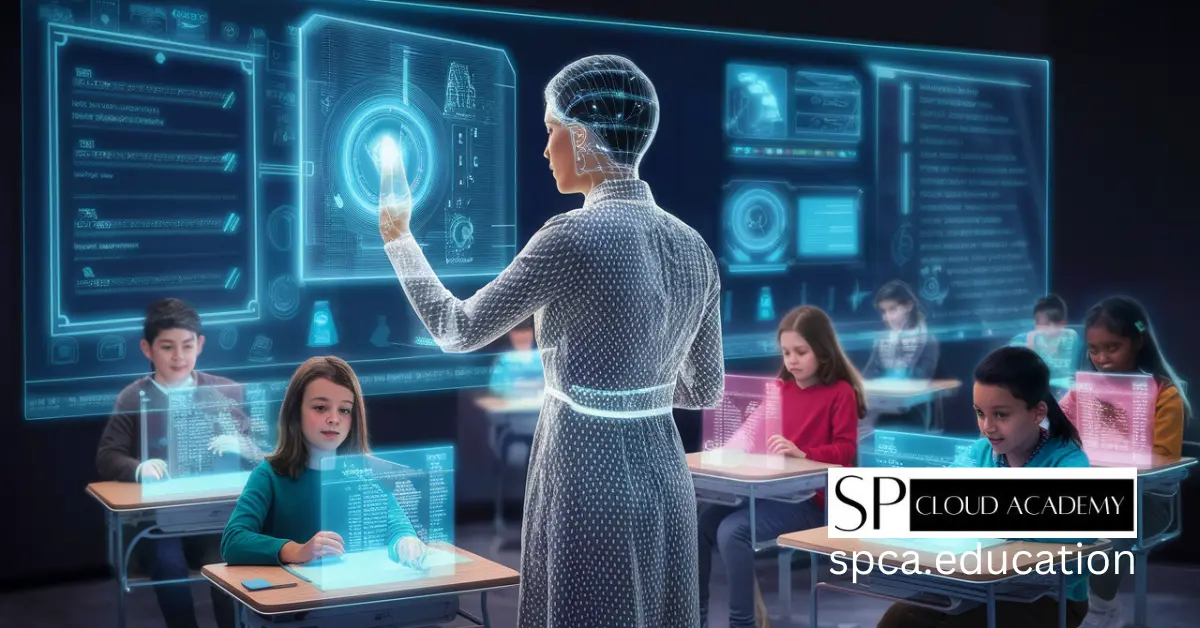
Level Up Your Classroom: Essential Digital Teaching Competencies Every Educator Needs
-
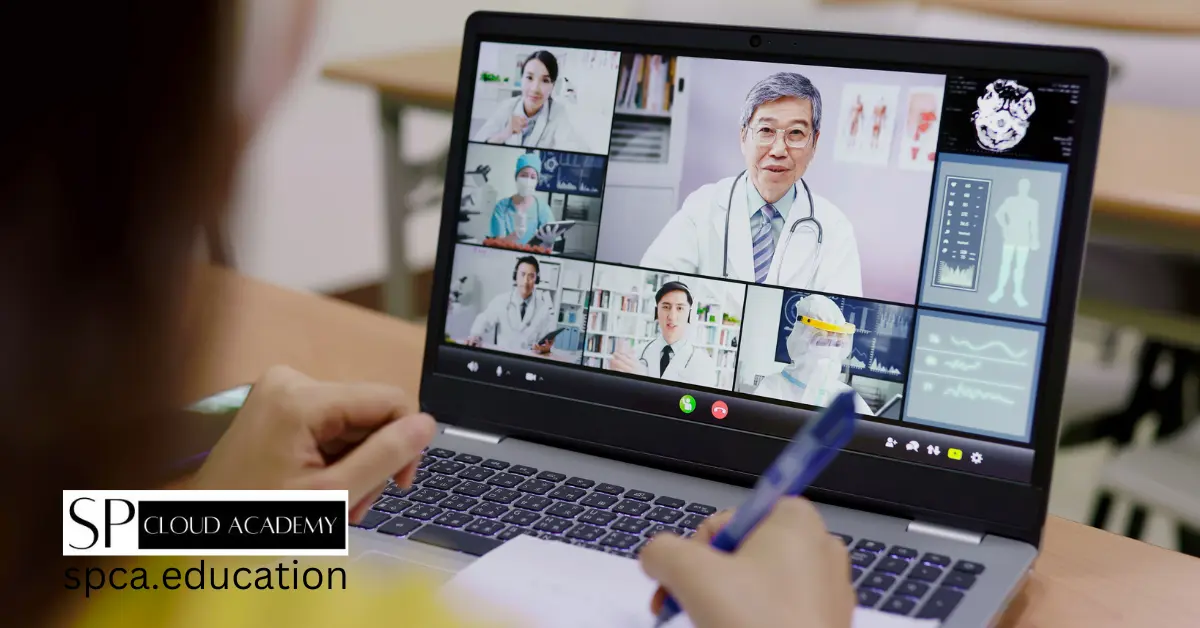
Digital Cooperative Learning: Best Online Collaboration Tools for Students
-
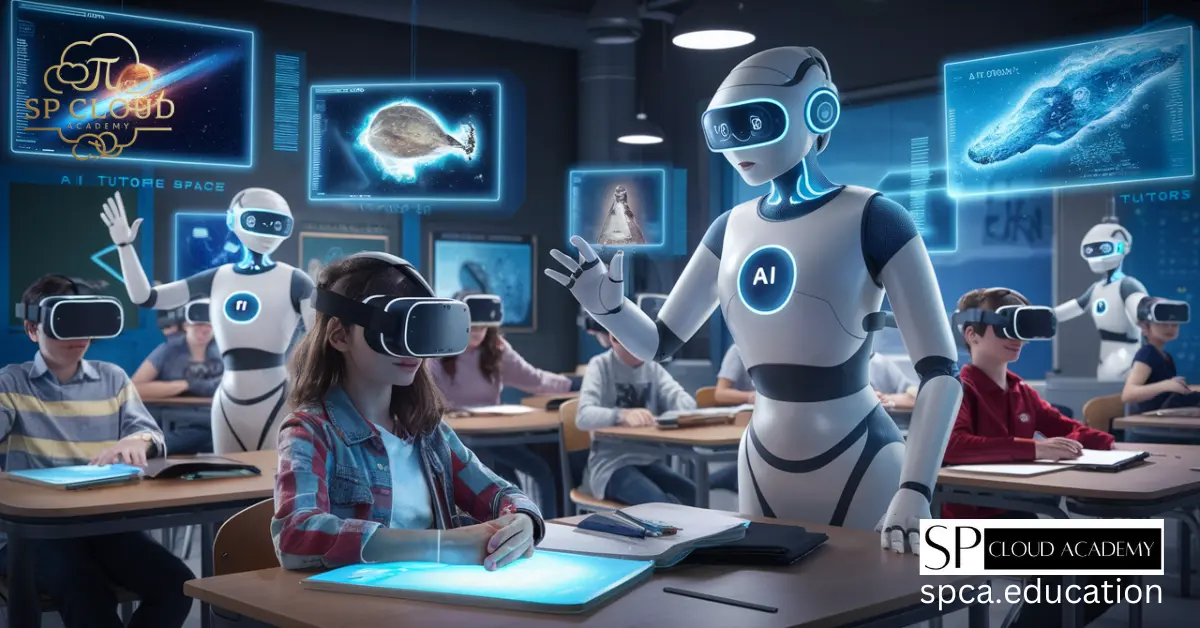
The Future of Education: AI Tutors and Immersive Learning
-

Google Books: Unlocking a World of Knowledge at Your Fingertips
-

Why Virtual Learning Environments Are the Key to Modern Education Success
-
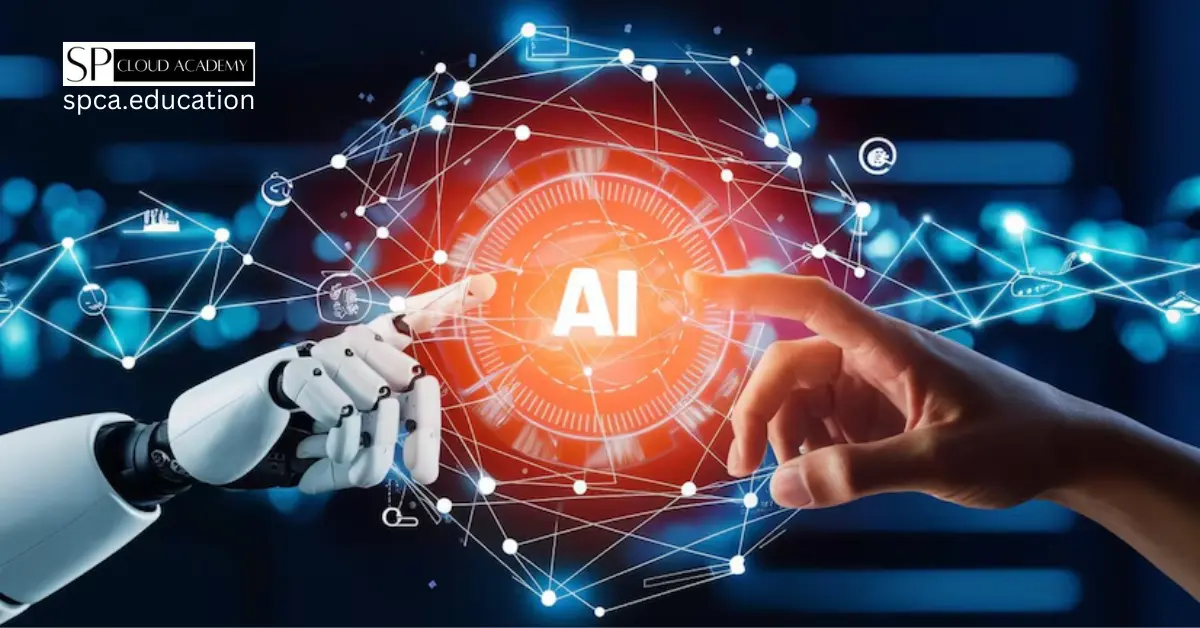
Transforming Engineering Education: Why AI Literacy is a Must for Educators
